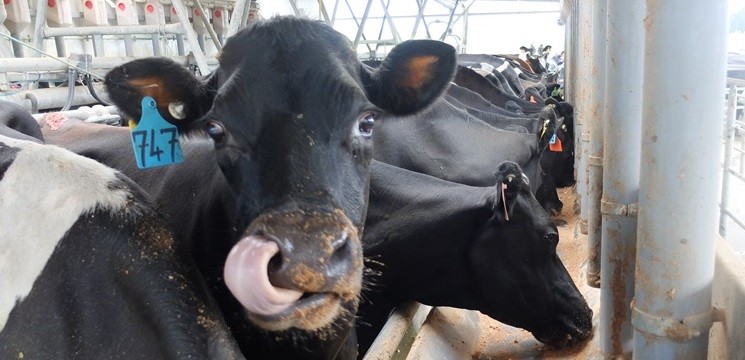News

Marginal Milk
Best understood as the milk produced from the purchase of feed over and above what is produced within the farming system
It is only viable as long as the extra cost of producing the milk is less than the price being paid for the milk.
Dairy Farm Profit
“The highest rate of profit is made at the margin, at the last bit of production, the lastanimal tended to, and the final productive input” Prof John Fetrow, University of Minnesota.
Like all businesses, the dairy farm will have fixed overheads, commonly referred to as “farm working expenses”. This will cover such things as wages, electricity, animal health, fertiliser, vehicles, repairs and maintenance, insurances, grazing, and rates, interest and loan repayments.
Farm working expenses are frequently expressed as a price per milk solids.
Profit does not occur until the cost of these overheads have been covered.
The higher the sales (milk solids produced), the lower the per ms/farm working expenses, and theoretically the higher the end profit.
Therefore, to focus solely on costs (farm working expenses) with no thought to sales (production) can not only affect profit, but possibly the long term viability of the farm
Food for Thought
The cost of the farm is “locked in” and production off that farm needs to be managed effectively through prudent management of pasture and crops and optimized utilization through the various issues around herd management.
We know that an average New Zealand dairy cow can only eat 16 kg – 17 kg of dry matter daily and, depending on the quality and density of that dry matter, this will frequently be insufficient to cover the cows energy requirement for maintenance, activity, and milk yield, let alone enable her to meet the genetic potential she has to produce milk.
That aside, how can we calculate the cost/benefit of additional feed in today’s milk price environment ?
- 1 Kg Milk Solid (MS) = $6.15
- 1 Kg Feed (Meal/Grain/Blend) = $0.465 cents ($465.00 per tonne)
- To produce 1 Kg MS requires 60 – 80 mega joules of metabolisible energy (ME)
- 1 Kg Feed – As fed = 11.96 mega joules ME (13 ME/Kgm on Dry Matter Basis)
| Which will produce around 150 – 199 gm MS | ||||
| @150 gm MS | = | 0.922 | ¢ | |
| Less Feed Cost | = | 0.465 | ¢ | |
| Profit | = | 0.457 | ¢ | per average cow |
- Per 330 cow herd over 300 days of lactation, that would be :
$150.81 per day or $45,243 for the season. ADDITIONAL PROFIT
Other recent news
Milk Urea (MU)
1 August 2020
Most Dairy Companies have been giving their suppliers their herd bulk milk, Milk Urea (MU) figure for some time now. For the last few weeks MU has been available on...
Read Post
